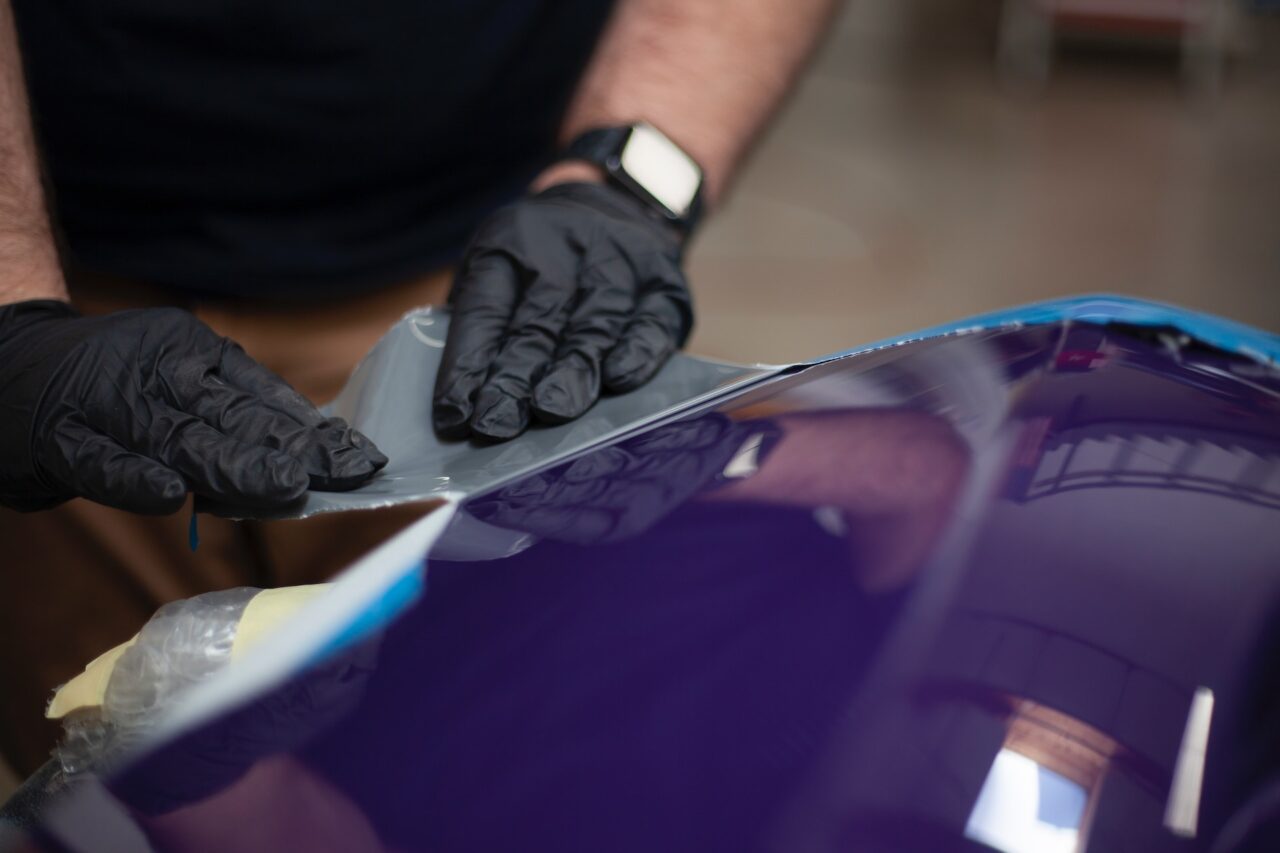When it comes to giving your car a fresh, vibrant look, there’s nothing quite like a professional auto body paint job. However, achieving that flawless finish requires careful preparation. We’ll walk you through the essential steps to prepare your auto body for a paint job that will leave your vehicle looking as good as new.
Gather Necessary Materials and Tools
Before diving into the process, it’s crucial to gather the necessary materials and tools for the job. You’ll need items such as sandpaper, masking tape, plastic sheeting, and more. Investing in high-quality materials ensures a smoother painting process and a more stunning final result.
Cleaning and Degreasing
The first step in preparing your auto body for a paint job is thorough cleaning and degreasing. Start by giving your vehicle’s exterior a good wash to remove dirt, dust, and grime. For those stubborn contaminants like tar and bugs, using specialized cleaners is essential. A clean surface is crucial for proper paint adherence, ensuring your new coat of paint lasts for years to come.
Removing Rust and Dents
Auto bodies are prone to rust spots and dents, which can negatively impact the final paint finish. Identify any rust spots and address them promptly using DIY rust removal techniques. Additionally, address dents and dings using fillers and sanding to create a smooth surface for your paint.
Sanding and Surface Preparation
To achieve a flawless paint finish, sanding and surface preparation are key. Choose the right sandpaper grits for different areas of your auto body and employ proper sanding techniques to create a smooth and even surface. Feathering edges and avoiding deep scratches are crucial steps to ensure a professional result.
Masking and Taping
Precise masking and taping are essential to protect areas of your vehicle that won’t be painted. Properly mask off these areas, including trim, windows, and lights, to prevent overspray. Achieving clean and precise lines with masking tape is a skill that will greatly impact the outcome.
Prime the Surface
Primer plays a pivotal role in the painting process, providing a stable foundation for the paint to adhere to. Apply primer evenly and effectively, and remember to sand the primed surface to achieve that desired smoothness.
Choosing the Right Paint
Selecting the right automotive paint is a critical decision. Consider options such as enamel, acrylic, and urethane, and choose a color and finish that align with your preferences. Matching the paint to your auto body’s original color ensures a cohesive and attractive look.
Applying the Paint
Setting up a proper workspace is essential for the painting process. Use spray painting techniques to apply multiple coats of paint evenly, allowing sufficient drying time between coats for optimal results.
Clear Coat Application
The clear coat is the final protective layer that adds gloss and durability to your paint job. Applying it correctly is crucial to prevent runs and imperfections. Once applied, buff and polish the clear coat to achieve that desirable glossy finish.
Conclusion
Preparing your auto body for a flawless paint job is a rewarding DIY project that can breathe new life into your vehicle’s appearance. By following these essential steps and using high-quality materials, you can achieve a professional-quality result that will leave your auto body looking stunning for years to come.
